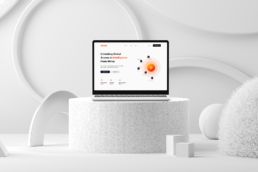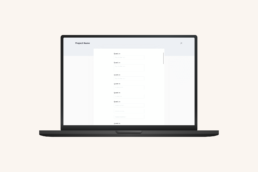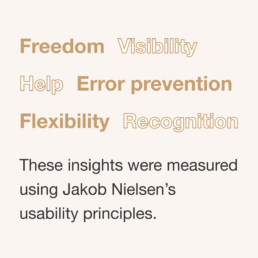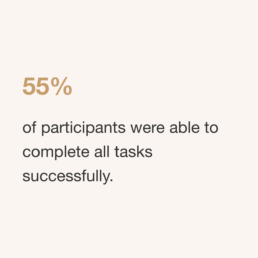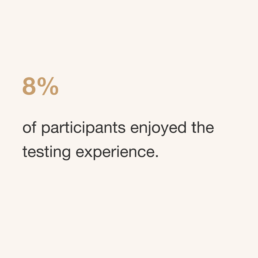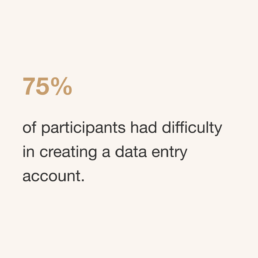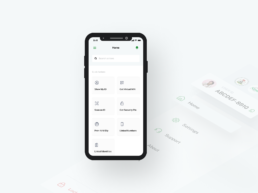Unlocking global access to intelligence from Africa.
Year
2021
Role
Product Design
Product Strategy
Industry
Health
Outcome
Product improvement
UX redesign
Background
Access to data in the health sector in Africa and Nigeria is a problem. For developed countries, investing in the collection and processing of data for vital sectors like the health sector is the topmost priority, helping the government discover pain points, and health researchers speed up research and development exercises. However, in Africa this is not so; as of 2013, no African country had completely and accurately recorded essential data blocks affecting health.
To solve this problem, Uburu Health developed a data aggregation platform Uburu AI that aims to connect global consumers of health-related data with providers of such data. In simpler terms, Uburu AI enables health institutions to provide on-demand data collection services to match rising local and foreign demand.
I began by carrying out an assessment of the first product version and got input from the project stakeholders on the core goal of the second version, as well as improvements to be made and features to be designed.
To be able to create a better version of the existing product, a usability test was conducted to ascertain the ease of the existing design with selected users. The test had one purpose – to simulate an end-to-end data request to data supply flow on the Uburu AI web application.
Participants for the test included representatives from all user groups on the platform:
- a researcher,
- a partner institution,
- 7 data entry clerks and a
- data analyst
The test involved tasks that centred around ease of onboarding for all user groups, the difficulties experienced while performing various unique user actions, and the rate of successfully accomplishing a set goal on the application. Results from the test were able to reveal key UX gaps users had when trying to perform certain actions, and a usability report was developed and shared with the stakeholders.
To further gauge the difficulties experienced by the different user groups, a semi-structured interview was also conducted. The focus for this was to detect the users’ understanding of the platform and their overall experience. Equipped with data and result from the test and interview, I proceeded to design a solution to improve the user experience for the user groups identified.
Design
I started by creating an information architecture to make sure that users have all the information needed to create an account or sign in, and carry out tasks designated for each with clarity and zero hassles. Afterwards, a user flow for each group was mapped out and wireframes were made and tested accordingly. This was done to ensure that problems highlighted by the users were eliminated in the second version of the project, without missing any detail. With these done, the visual redesign of the platform commenced.
Improvements
- Visibility of system status: The second version of the Uburu AI app was created to make room for different users, clearly defining their roles and making the onboarding clear as to which role the user was signing up for. Users were also informed if form submissions were either incomplete, in progress or completed.
- User control and freedom: The app was updated to allow users to switch between different roles on the app seamlessly. Actions like duplicating data fields during data form creation were implemented for a better and more seamless user experience.
- Error prevention: Room was made for slips and mistakes, in addition to the autosave feature during form creation, users were also notified of errors or inconsistencies in username/password inputs.
- Flexibility: For features such as the account settings and virtual wallet function, users were presented with the options of either offline or online payments, and a quick financial integrator was added – enabling the withdrawal of funds for completed projects.
Learnings
This project showed the essence of inculcating user feedback when designing a new project or redesigning an existing one. It also proved that the design of digital products for the health industry should be human-centred showing important heuristic principles like visibility, help, and error prevention.

